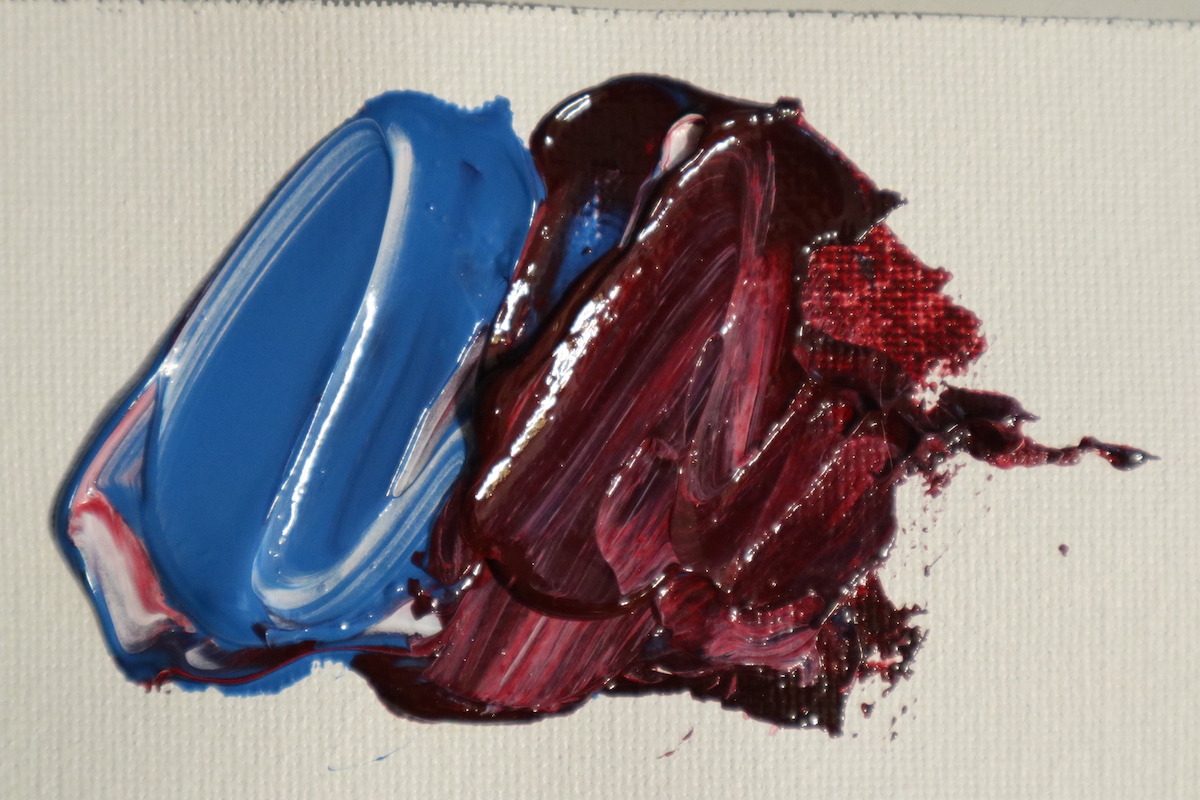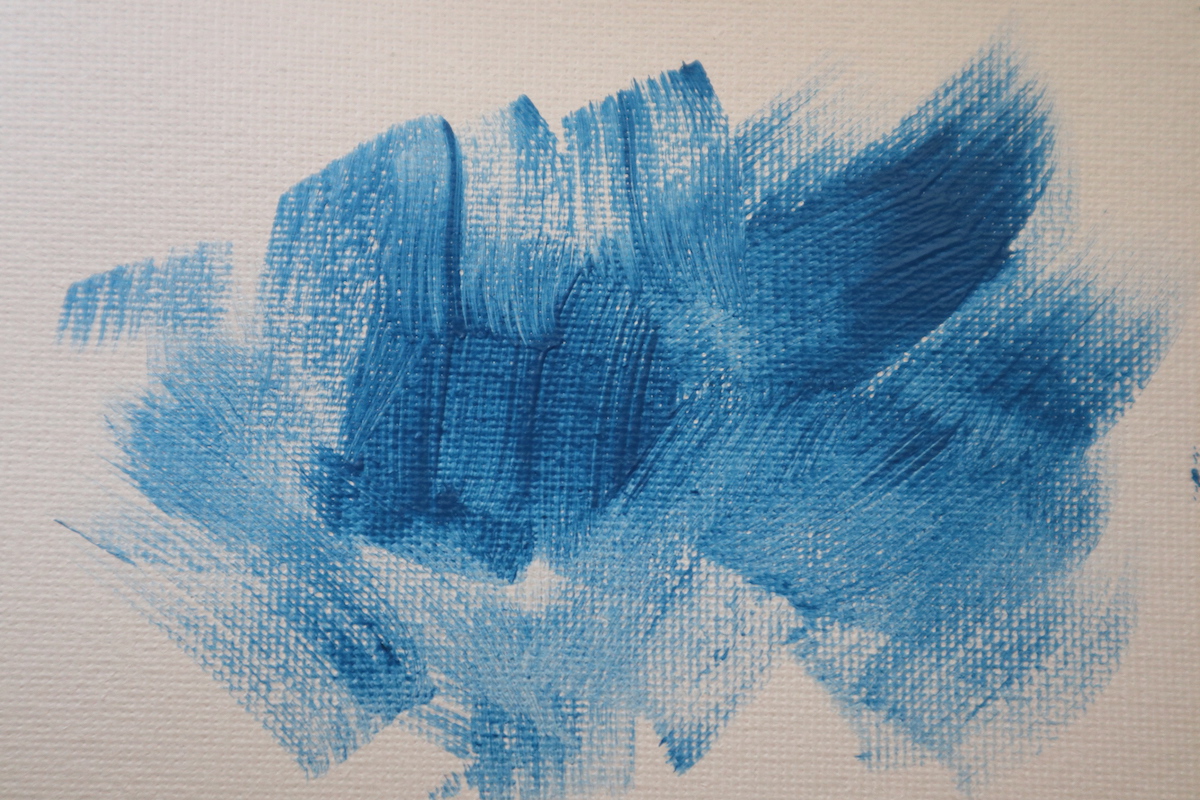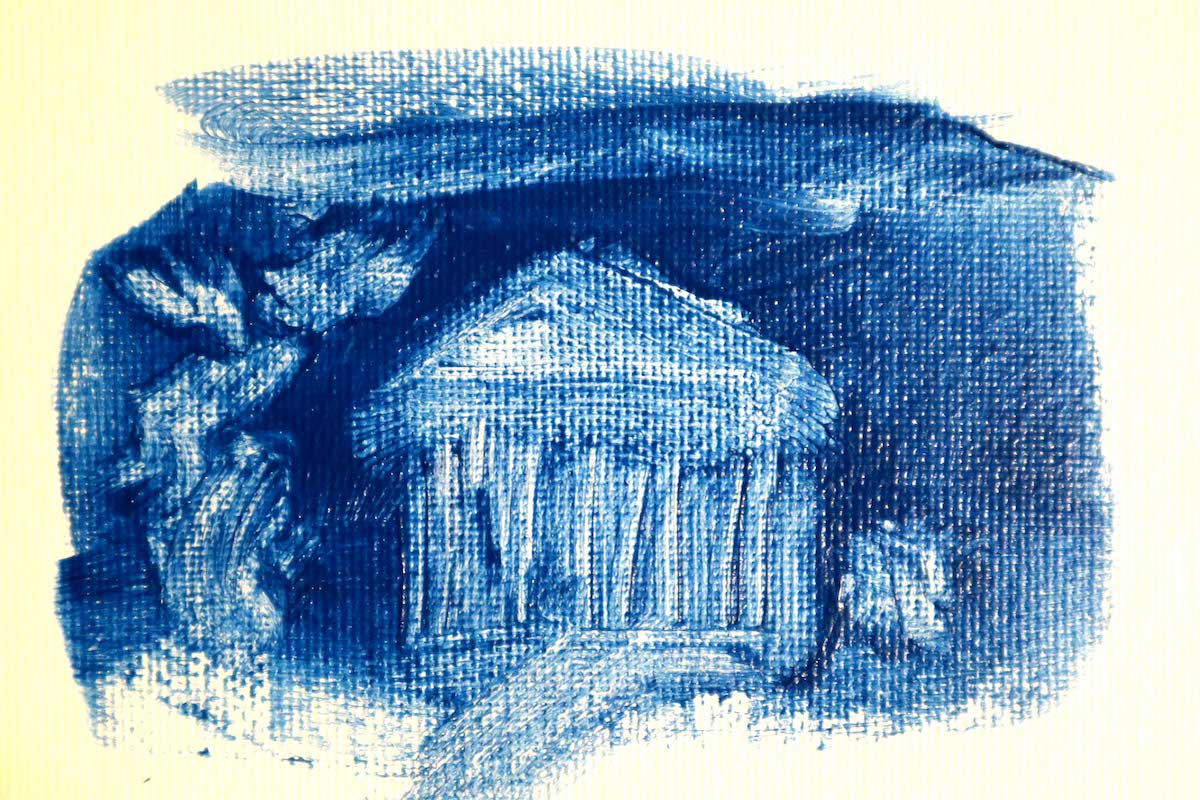Explore the Basics of Painting
Understanding painting is fundamental to any artistic journey. These seven introductory techniques can help students build their painting skills.

A palette knife is a flexible, dull tool typically used to mix or apply paint. Many artists paint with a palette knife instead of a brush. They can build up paint quickly and create various textured effects, from smooth to rough.

In this technique, the artist uses a dry brush to drag a small amount of paint across a surface. This produces a scratchy effect when applied to a dry surface.

Artists typically use a cloth to wipe away excess paint. When they use a cloth to rub the paint into the surface, however, they create highlights that may attract the viewer’s attention.

Rubbing a sponge over a surface can smooth out paint. Dipping the sponge into paint and then dabbing it onto a surface creates a three-dimensional texture.

Blending is used to fade two or more colors into each other. The effect is gradually mixing one color into another or moving from light to dark or vice versa.

Scratching into a surface to show the layer underneath is called sgraffito. This technique is typically done toward the end of the painting process to reveal a contrasting color or to carve a design.

Applying new paint to paint that has not yet dried makes blending easier. This technique, called wet on wet, also requires the artist to work quickly and finish each layer before it dries completely. The goal is to finish the painting in one session.